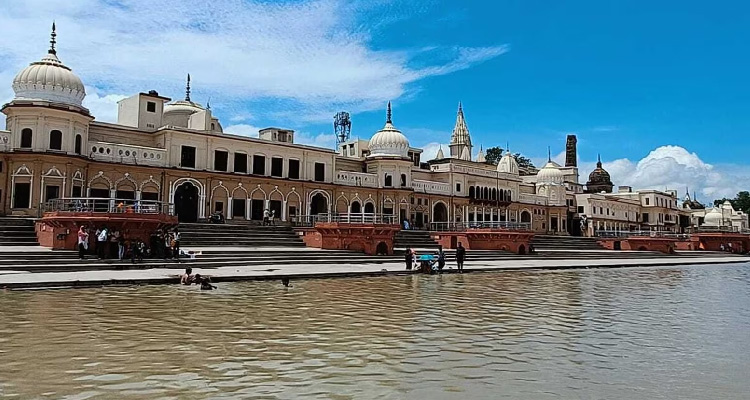
Embark on a captivating exploration of heritage sites that takes you beyond the grand Ram Mandir on the Ayodhya Heritage Walk. Taking a leisure walk gives you an ultimate opportunity to immerse in the city’s hidden alleys and forgotten corners. Travel across the bylanes steeped in history, come face-to-face with architectural marvels, and uncover stories whispering the ancient tales of the bygone era. The heritage walk promises an intimate encounter with the true essence of Ayodhya, a city where the past comes alive with every step.
Here's an article that covers everything about Ayodhya’s historical treasures during your heritage walk.
Hanuman Garhi – A Hindu temple of Hanuman in Uttar Pradesh, Hanuman Garhi is one of the most temples in the city along with other temples like Ram Mandir and Nageshwar Nath. The sacred shrine is under the charge of the Bairagi Mahants of Ramanadi Sampradaya and Nirvani Akhara. The temple is shaped like a four-sided fort with circular ramparts at each corner, housing shrines dedicated to the primary deity Hanuman.
Kanak Bhawan – A Hindu temple in Ram Janmabhoomi, Ayodhya, Kanak Bhawan is in the north-east of Ramkot. It is one of the most famous temples of Ayodhya and is believed that this place was gifted by Kaikeyi, immediately after the marriage of Rama with Sita and hence, it’s a personal palace. After the original Kanak Bhawan was damaged, it was rebuilt by Krishna himself in the Dvapur Yuga. It is believed that it was renovated by Vikramaditya in the medieval era.
Treta Ke Thakur – Tretanath Temple is a Hindu Temple located along the Naya Ghat of Ayodhya. It is one of the temples on the banks of Sarayu Ghat and among the must-visit places during your Ayodhya tour. Being one of the famous temples, the Treta ke Thakur Temple is dedicated to Lord Rama also referred to as the Lord of the Treta Yug. It was built by the king of Kullu 300 years ago and was renovated in 1784 AD.
Sita ki Rasoi – On the north-western side of the Ram Janmabhoomi in Ayodhya’s Rajkot, Sita ki Rasoi is believed to be an ancient kitchen used by goddess Sita herself. Built quite close to the Ram Janmabhoomi, this sacred site is now a temple housing some exhibit vessels. One among the two kitchens revered in Sita’s name, this Sita ki Rasoi is a basement kitchen.
Guptar Ghat – On the banks of the River Sarayu, this is the very spot where Lord Rama performed Jal Samadhi. King Darshan Singh constructed it in the early 19th century, Guptar Ghat is one also visited Ram Janaki Temple, Old Charan Paduka Temple, Narsingh Temple, and Hanuman Temple on the ghat.
Nageshwarnath Temple – The temple of Nageshwarnath is believed to have been established by Kush, the son of Rama. Legends say that Kush lost his armlet while bathing in the Saryu, which was picked up by a Nag-Kanya, who fell in love with him. He erected this temple for her. The present temple was built in 1750 by the minister of Safdar Jung, named Naval Rai.
Tulsi Smarak Bhawan – Built in the memory of Goswami Tulsidasji, the great saint poet, this memorial houses Ayodhya Shodh Sansthan which has a large collection of literary works on Goswami Tulsidas Ji. Daily Ramleela performances held from 6:00 to 9:00 PM at Tulsi Smarak Auditorium is a major tourist attraction.
Ram ki Paidi – A series of ghats, Ram ki Paidi is located on the banks of the River Sarayu. The beauty of this place is worth exploring on the full moon day. There’s a belief among the devotees that by taking a bath here, sins are washed away.
Gulab Bari – The tomb of Nawab Shuja-ud-Daula is in Ayodhya, Gulab Bari has a good collection of roses of various varieties set by the sides of water fountains. Gulab Bari is the maqbara of Nawab Shuja-ud-Daula, the third Nawab of Oudh on the campus. The tomb properly stands in the center of the Charbhag Garden accompanied by fountains and shallow water channels.
Conclusion –
Your heritage walks through Ayodhya likely concluded by summarizing the key historical and religious sites you visited. It may have touched upon the stories and legends associated with each place, deepening your understanding of Ayodhya's significance. The guide might have provided insights into the city's cultural practices and traditions, enriching your perspective. Book your Ayodhya trip plan with us and get the best deals or discounts on them.

Hathi Gaon Elephant Village

Gulab Bagh And Zoo, Udaipur
.webp)
Bagore ki Haveli, Udaipur
.webp)
Eklingji Temple, Udaipur
.webp)
Bada Bagh, Jaisalmer
.webp)
Patwon ki Haveli Jaisalmer
.webp)
Jaisalmer War Museum
.webp)
Nathmal ji ki Haveli Jaisalmer
.webp)
Gadsisar Lake Jaisalmer
.webp)
Sisodia Rani ka Bagh Jaipur
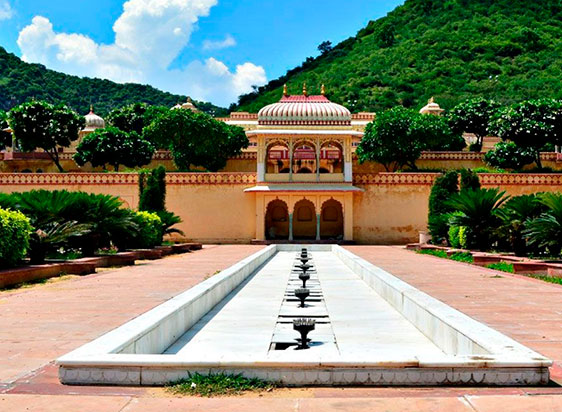
Sisodia Rani ka Bagh Jaipur
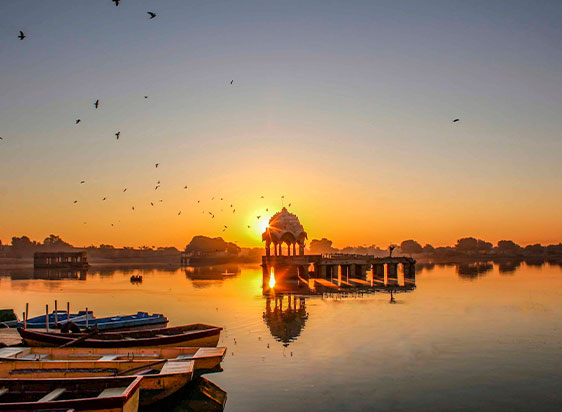
Gadsisar Lake Jaisalmer
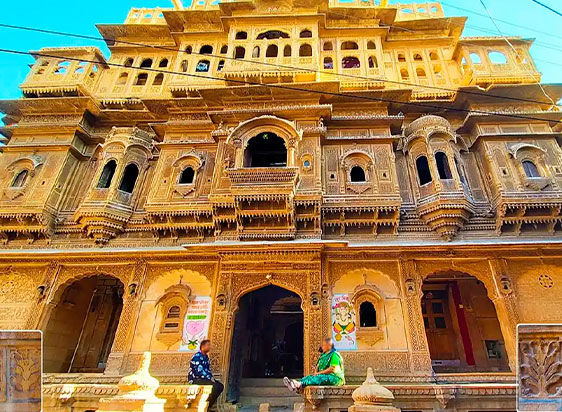
Nathmal ji ki Haveli Jaisalmer
.webp)
Desert Festival Jaisalmer – Music, Dance & Culture
.webp)
Rajasthan Festival Calendar: Your Guide to Celebrations
.webp)
A Food Lover’s Guide to Rajasthan: What to Eat & Where
.webp)
Forts & Palaces of Rajasthan You Cannot Miss
.webp)
National Parks and Wildlife Sanctuaries in Rajasthan
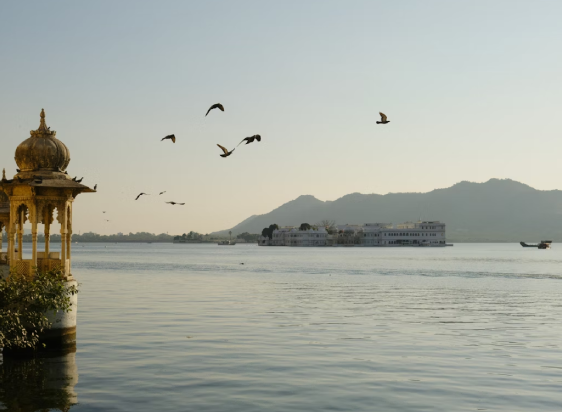
City Palace Udaipur Travel Guide: Timings, Tickets, History & Photography Spots
.webp)
Explore India’s Heritage in 3 Days: Golden Triangle Tour Itinerary
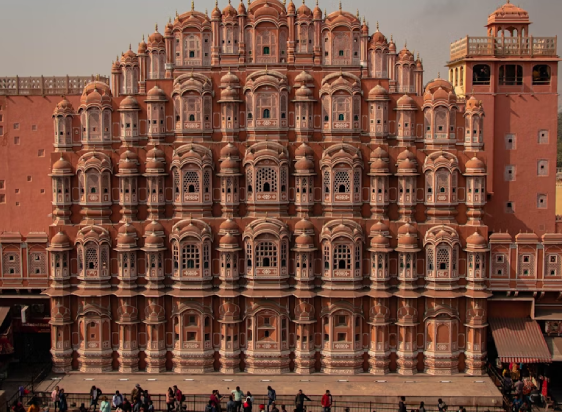
Golden Triangle Tour: 4 Days of History, Culture, and Adventure
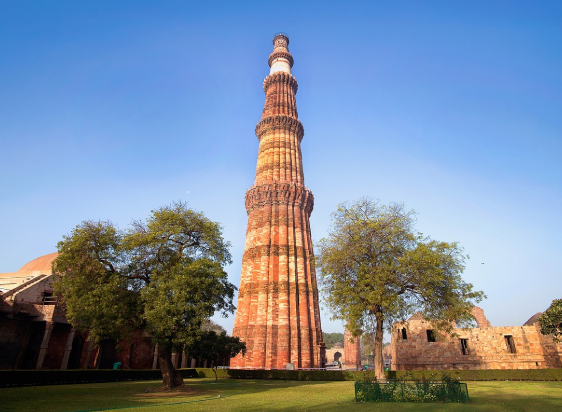
Maximize Your Experience: 5-Day Golden Triangle Tour Package Highlights
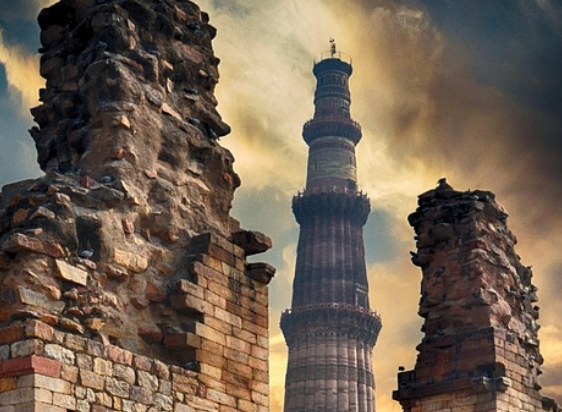
The Ultimate 6-Day Golden Triangle Tour: From Monuments to Markets
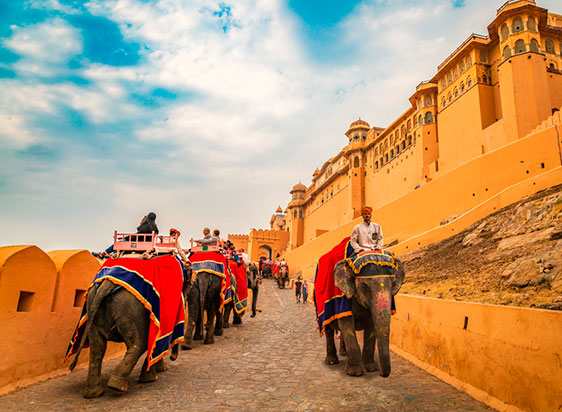
10 must-see places in Jaipur
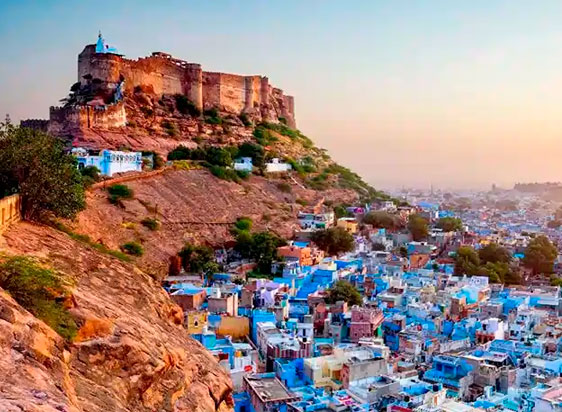
10 must-see places in Jodhpur
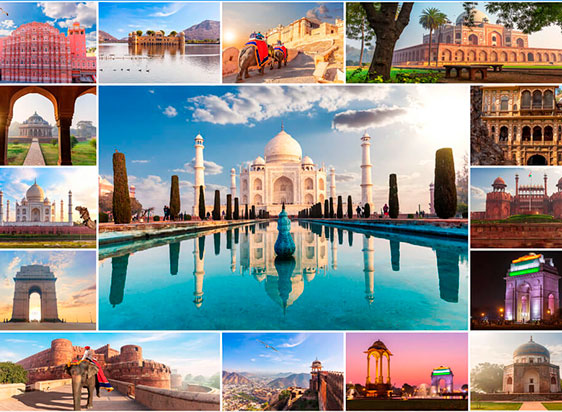
10 Must-See Places in India
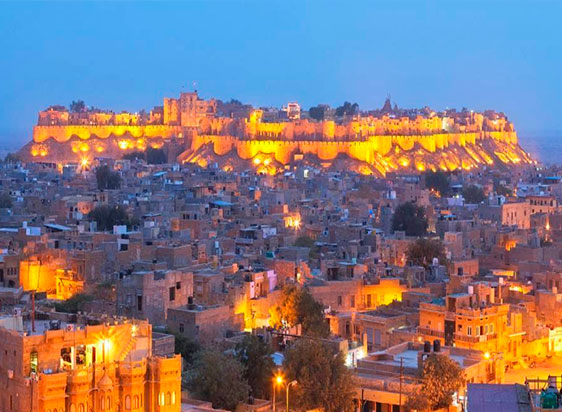
10 must-see places in Jaisalmer
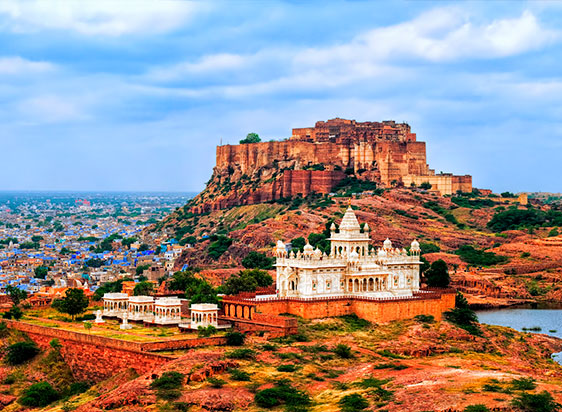
10 must-see places in Rajasthan
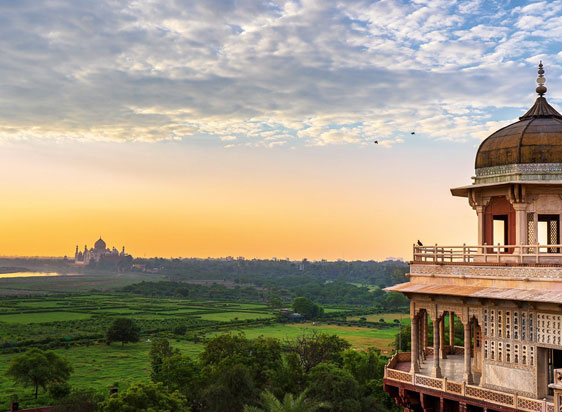
How to Reach Agra?
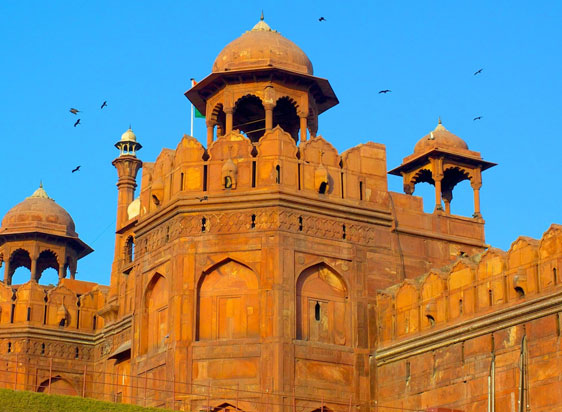
How to Reach Delhi?

How to Reach Jaisalmer?
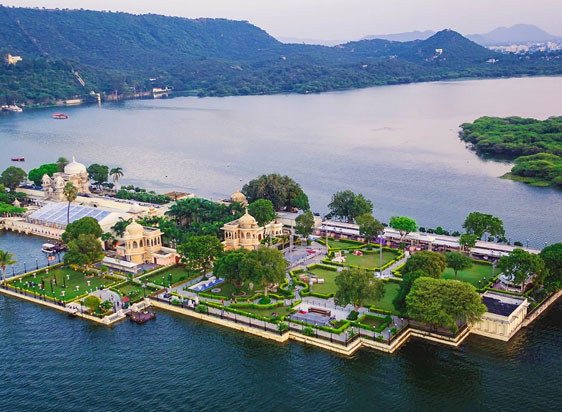
How to Reach Udaipur?
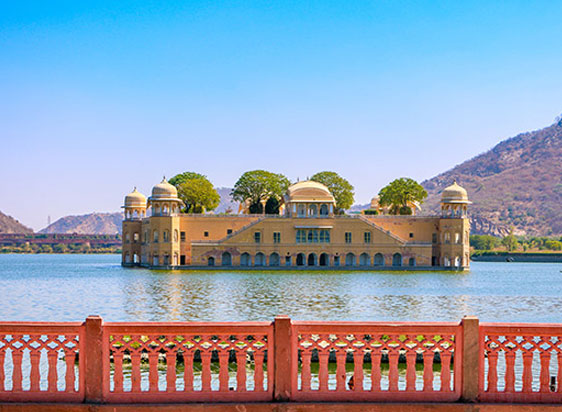
How to Reach Jaipur?

Char Dham Yatra: A Journey of Faith and Spiritual Awakening in Uttarakhand

Places To Visit in Jaipur with Family
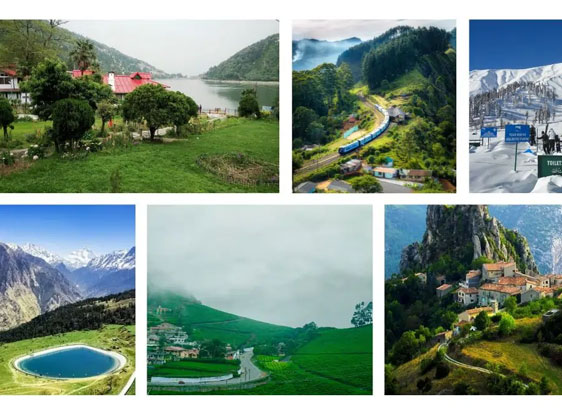
10 Hill Stations In India- Location, History, Timings, Images

India Gate Delhi – Location, History, Timings, Entry Fee, Images
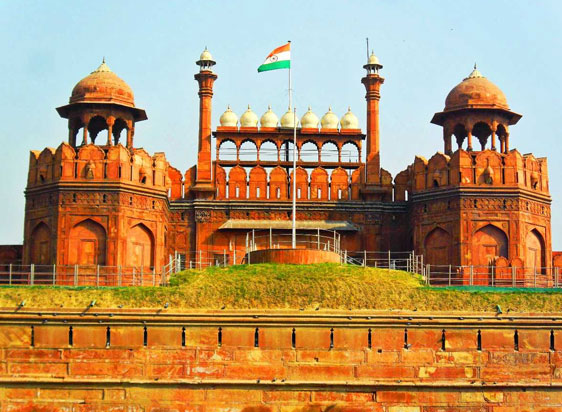
Red Fort – Old Delhi, Facts, Timings, History, Location

Golden Triangle Tour of Luxury and Budget-Friendly

Best Time to Visit the Golden Triangle: Seasonal Travel Guide

Akshardham Temple Delhi Timings, History, Entry Fee, Images, Aarti, Location & Phone Number

Best Ranthambore Tour Packages Itinerary

Best Jaisalmer Tour Packages Itinerary

Best Udaipur Tour Packages Itinerary

Best Jaipur Tour Packages Itinerary

Best Rajasthan Tour Packages Itinerary

How to pick the right India tour packages?

All India Tour Packages Cost: Exploring the Riches of Incredible India

Rajasthan Festivals Tour Guide

A Complete Travel Guide to Jaipur for IIFA 2025

IIFA 2025 Jaipur: Celebrating 25 Glorious Years of Indian Cinema / IIFA Awards 2025 Date, Venue, Tickets, Host, Transportation
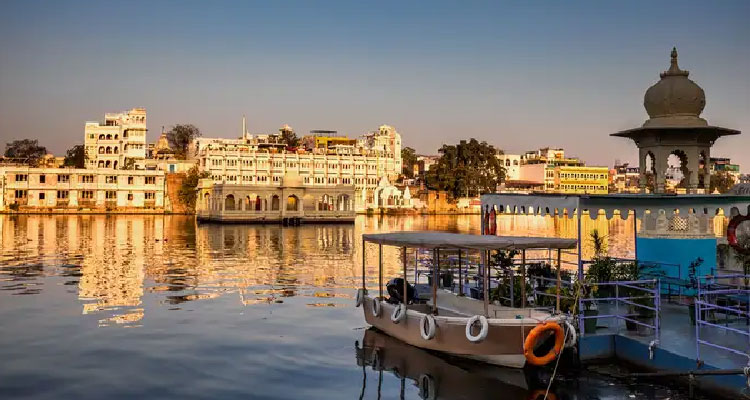
Taj Lake Palace Udaipur

Eklingji Temple, Udaipur

Bagore ki Haveli, Udaipur

Most Popular Dishes to Try in North India Tour

Ranthambore National Park Safari

Moti Doongri Ganesh Temple Jaipur
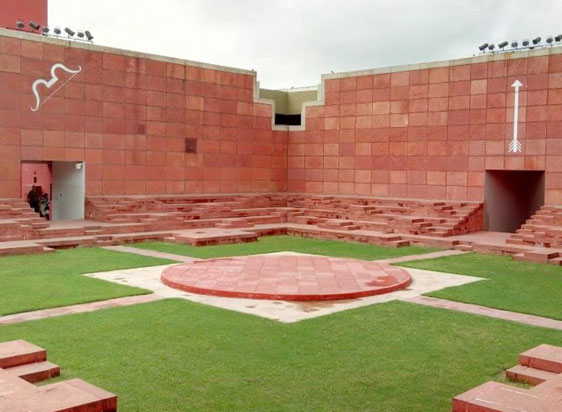
Jawahar Kala Kendra Jaipur
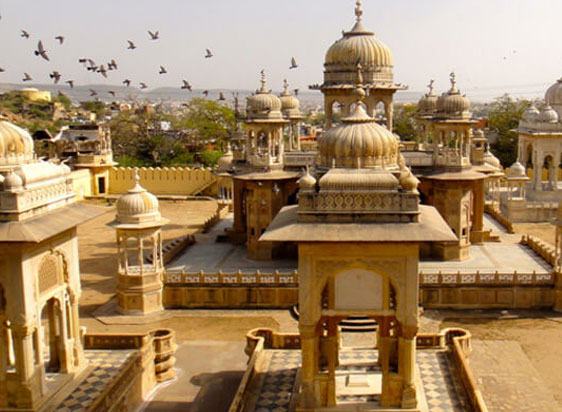
Gatore Ki Chhatriyan Jaipur – Entry Fee, Timing, Location

Albert Hall Museum Jaipur

Panna Meena ka Kund Jaipur
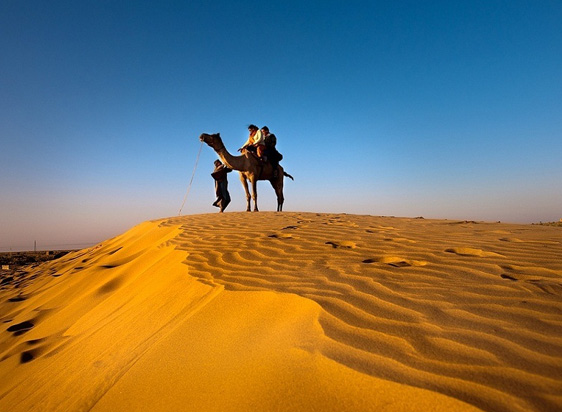
How to Book a Tour Guide in Jaisalmer?

How to Book a Tour Guide in Ajmer Pushkar?
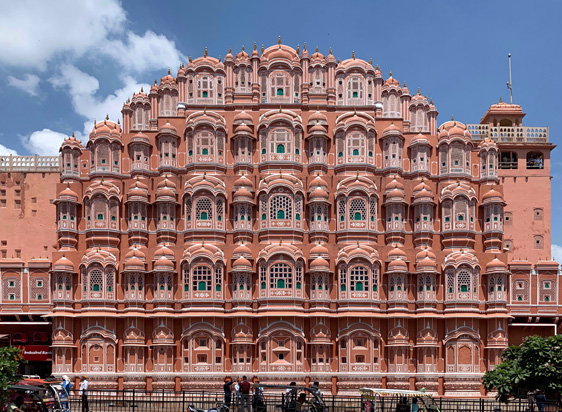
How to Book a Tour Guide in Jaipur?
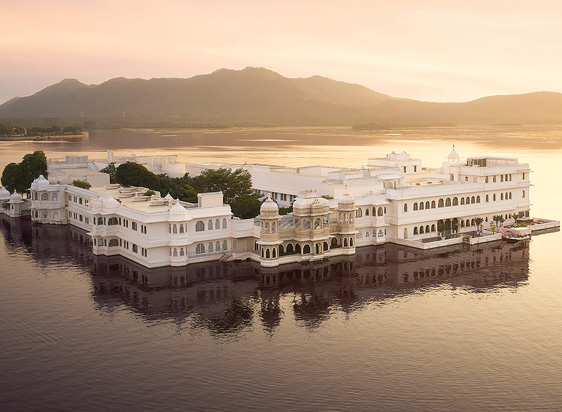
How to Book a Tour Guide in Udaipur?

How to Book a Tour Guide in Rajasthan?

Female tourist guide in Jaipur

Jaipur Solo Trip Package

These 7 spots will tell you why Rajasthan is the perfect spot for Glamping

7 Unforgettable Road Trips of Rajasthan

Film Shoot Locations in Jaipur

Jaipur Zoo Garden – Timings, Entry & Tickets Prices, and Things to See
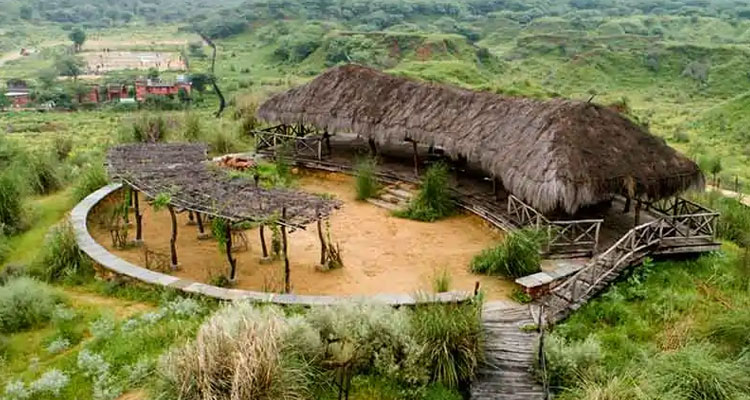
Kishan Bagh Jaipur – Entry Fee, Timings, Location
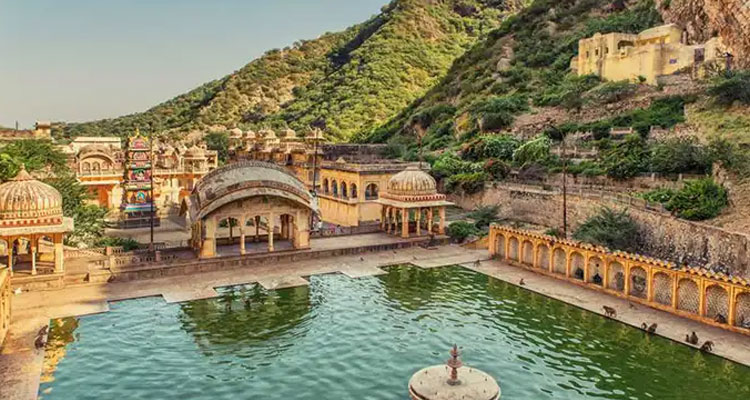
Jaipur Tourism: All you need to know
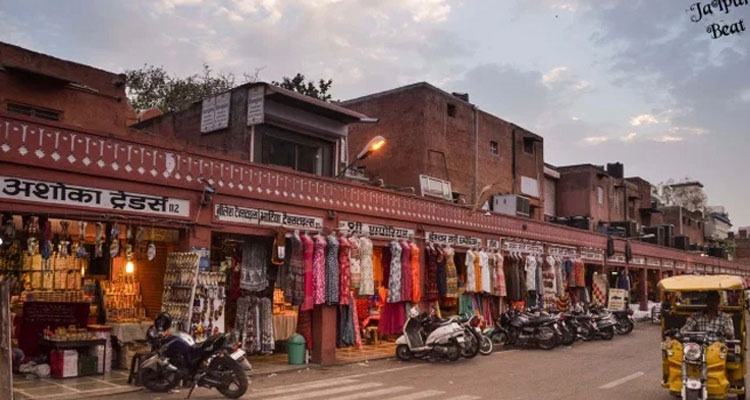
Johari Bazaar Jaipur: A Must-Visit Shopping Place

Chandra Mahal Jaipur

6 Exhilarating Road Trips From Jaipur That’ll Invoke Your Wanderlust Soul

Jaisalmer Nightlife: What To Do And See In The Golden City After Dusk Falls

Places To Visit in Udaipur At Night

Top 10 Winter Honeymoon Destinations in Rajasthan to Make Memories with Your Loved Ones

10 Best New Year Destinations in Rajasthan
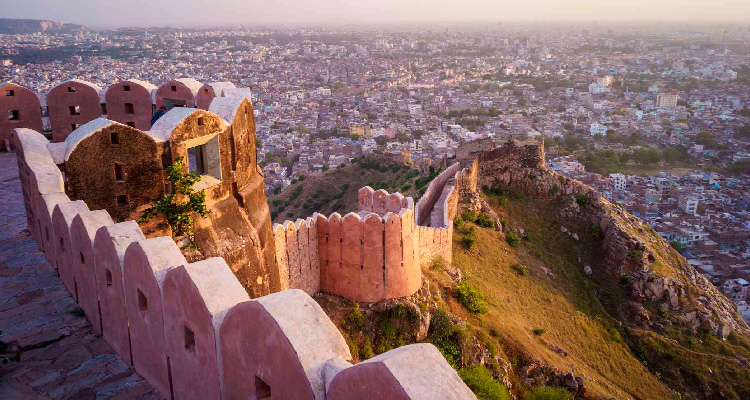
Nahargarh Fort Jaipur – History, Architecture, Timing, Entry Fee, Attractions, Lesser-Known Facts

Tips for Solo Female Travelers in Rajasthan

Discover the Unseen Places in Rajasthan

Best Monsoon Tour Packages of Rajasthan

12 Reasons Why I Absolutely Loved Rajasthan

Rajasthan Cultural Holidays
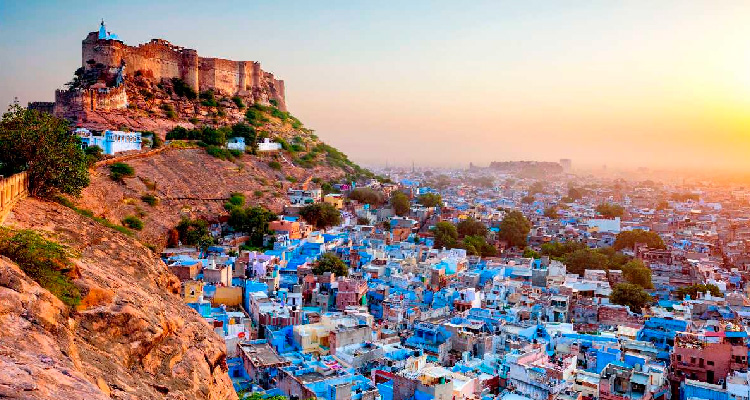
Best One Day Trips in Rajasthan

Birla Mandir Jaipur – History, Architecture, Timing, Entry Fee, Attractions, Lesser-Known Facts
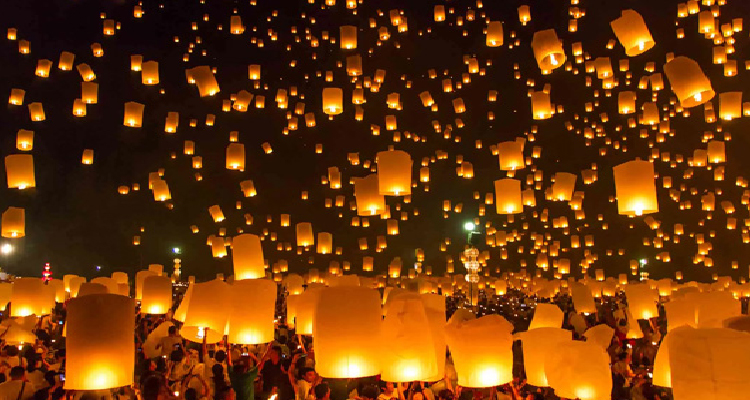
Top 7 Destinations in India to Celebrate New Year 2024

Jaipur Travel Tips

7 Amazing Things to Do and See in India in 2023-24

The Ideal Rajasthan Itinerary

Places to visit near Jaipur for 2 days

India's Top 10 UNESCO WORLD heritage sites

Royal Experiences in India to Make You Feel Like Maharajas in 2023-24

Jaipur Tour by Private Car and Driver

Luxury Travel India: Explore the best Luxury India Tour in one go
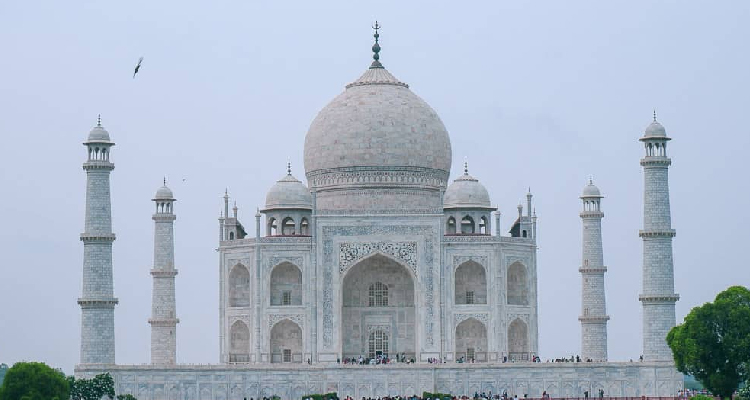
A Complete Guide to India Golden Triangle

How To Choose The Best Taxi Service in Jaipur for Sightseeing

The Ultimate Rajasthan Family Vacation: A Comprehensive Guide

Hawa Mahal: About, Time, History, Activities, Entry Fee

Chokhi Dhani Resort: About, Time, History, Activities, Entry Fee

JLF 2025: Jaipur Literature Festival, Dates, Lineup, Tickets
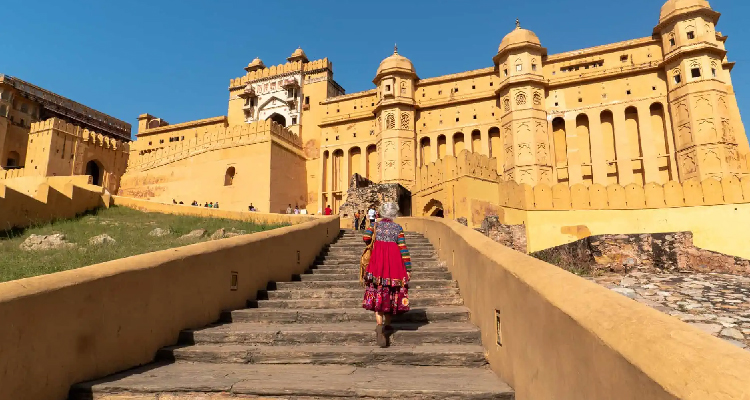
Planning a Rajasthan Family Adventure: Tips and Tricks

Jaipur Tour Guide
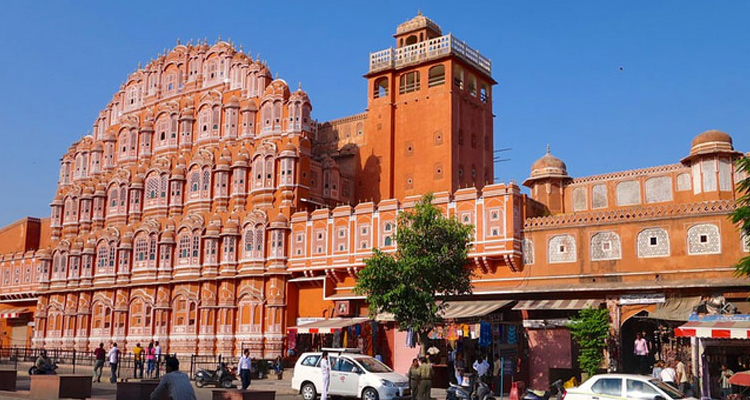
2 Days Jaipur Sightseeing Tour
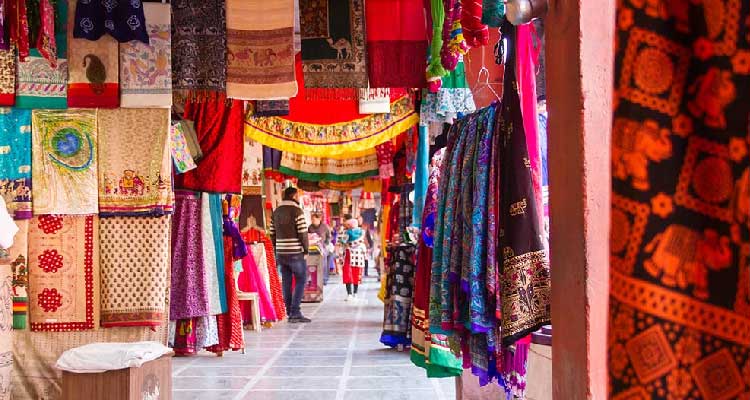
Shopping Paradise: A Guide to the Vibrant Bazaars of Jaipur

Discover Rajasthan with Kids: Top Family-Friendly Destinations

Luxury Cars in Jaipur for That Special Occasion

Top 10 Popular Temples To Visit In Jaipur
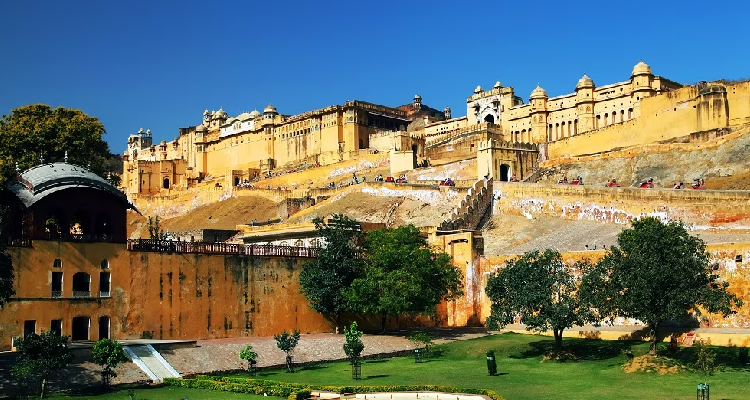
Rajasthan's Kid-Friendly Palaces and Forts: A Historical Adventure for the Family

Amber Fort: About, Time, History, Activities, Price

B2B Travel Company in Rajasthan
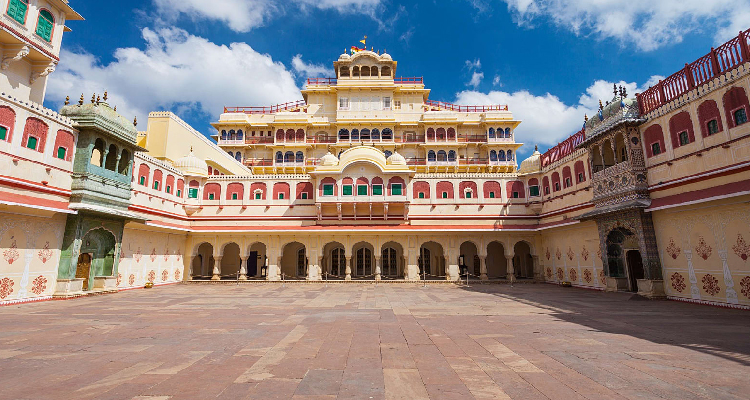
Unique Experiences to Enjoy in Jaipur

Family Fun in Jaipur: Exploring the Pink City with Children

Jaipur Shopping Guide: Best Things to buy and Shopping Places in Jaipur

Udaipur Unplugged: Family-Friendly Activities by the Lake
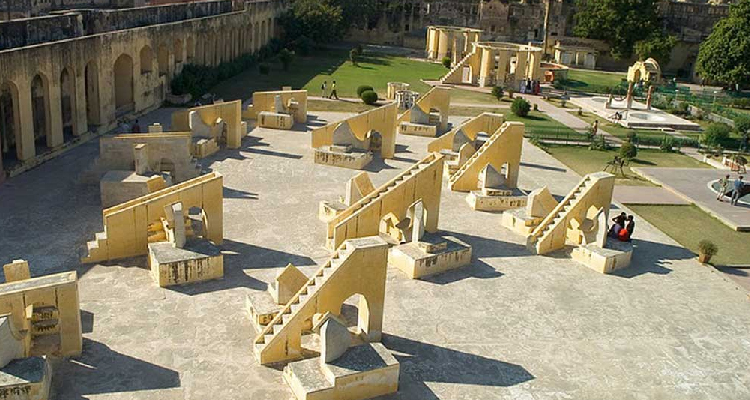
Jantar Mantar: About, History, Activities, Time, and Entry Fees

Wildlife Encounters in Rajasthan: A Family Safari in Ranthambore
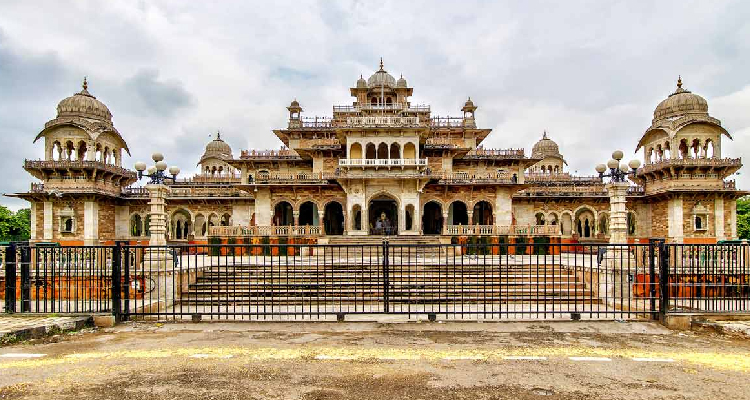
Albert Hall Museum: About, History, Activities, Time, and Entry Fee

Places to visit in Rajasthan

Top 7 Travel Destinations In Rajasthan For A Relaxing Trip In Winter 2022

Jaipur Food Tour

Rajasthan's Festivals for Families: Experiencing the Vibrant Culture Together

Jaipur Amber Fort: The Completer Tour Guide

Jaipur Tour By Tempo Traveller

Rajasthan's Royal Cuisine: Family Food Adventures

Exploring the Aravalli Hills: Family Trekking and Nature Walks

Amer Fort Light and Sound Show 2025

2 Days In Jaipur: Discover The Best Of Pink City In 48 Hrs

Hire Taxi in Jaipur
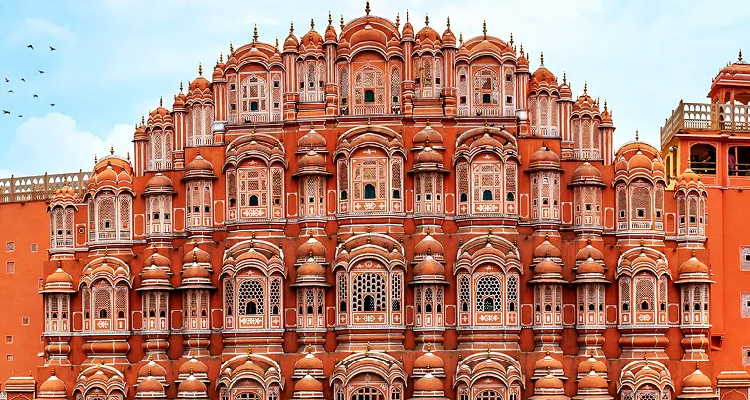
Jaipur Travel Guide: All You Need To Know For Planning Holiday in Jaipur
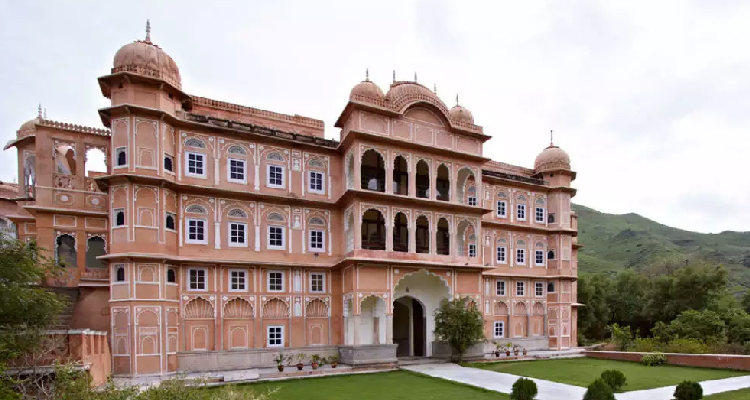
Heritage Hotels in Rajasthan: Unique Stays for the Whole Family
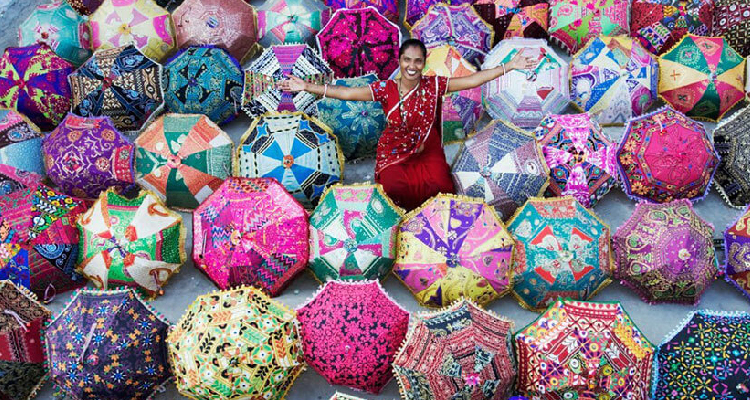
Crafting Memories: Family Art and Craft Experiences in Rajasthan

Wedding Car Rental in Jaipur

Top 10 Places to visit in Rajasthan in Winter

Discover These 5 Wildlife Sanctuaries Around Jaipur To Go On A Holiday Full Of Thrill!

Education Rajasthan Tour: An Ultimate Experience For Kids

Rajasthan Tour by Tempo Traveller

Hot Air Balloon Rides in Rajasthan: A Family Adventure in the Skies

Jaipur Airport Taxi
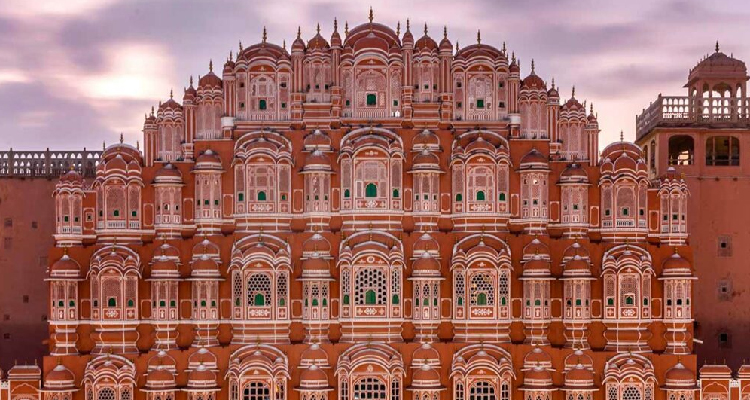
Golden Triangle Travel Guide

Camel Riding and Desert Camps: Family Adventures in the Thar Desert

Same-Day Tour to Jaipur

Shopping with the Family: Souvenirs and Local Markets in Rajasthan

7-Day Trip to Rajasthan
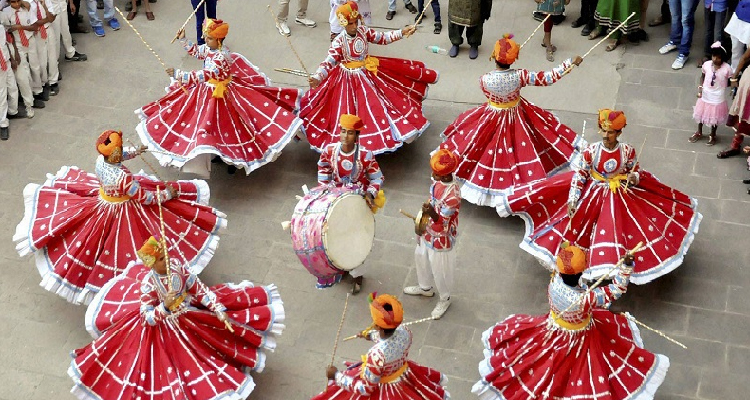
Festivals in Rajasthan

Rajasthan Luxury Tour by Car
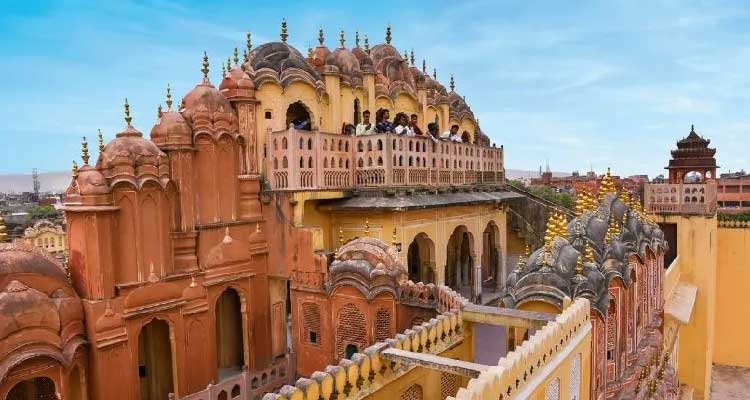
Jaipur Like a Local: Experiencing the City Through Local Activities

Family Road Trip: Navigating Rajasthan's Scenic Routes

10 Luxury Stay in Rajasthan

Rajasthani Folk Tales: Storytelling Sessions for Children

Famous Foods of Rajasthan You Must Try on Your First Trip
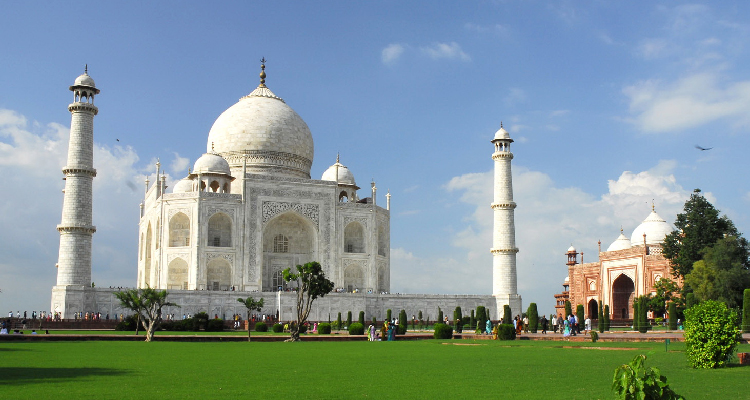
Places to visit On Golden Triangle Tour
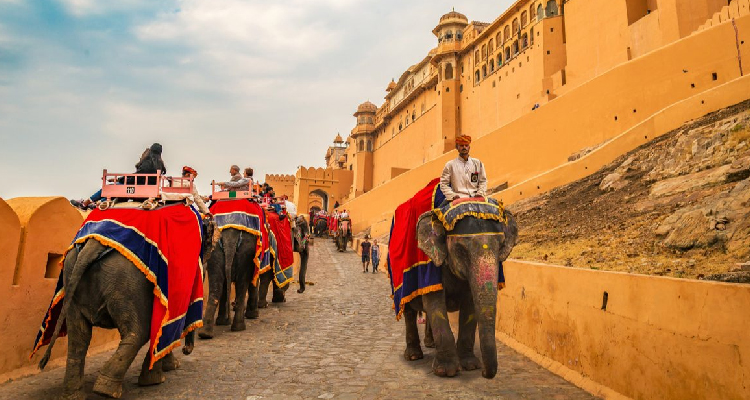
B2B Travel Company in Jaipur

How can I spend 3 days in Jaipur

How to Plan Your Rajasthan Tour

Jaipur Budget-Friendly Tour: The Best Way to Explore

Taxi in Jaipur

Unveiling the Pink City: A Historical Tour of Jaipur
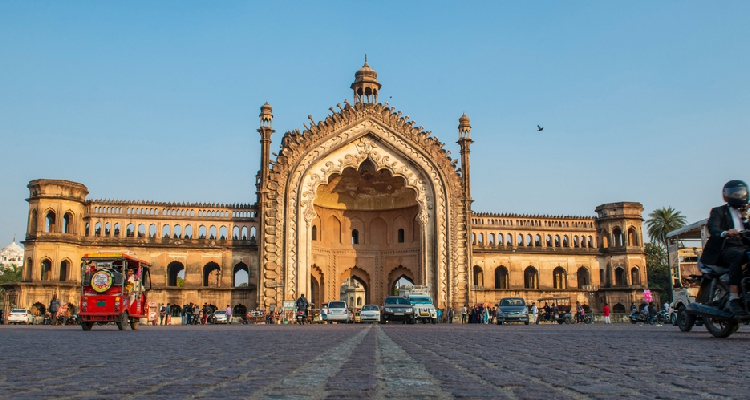
Places to visit in Ayodhya

Why is Jaipur known as Pink City

Taxi Services in Jaipur
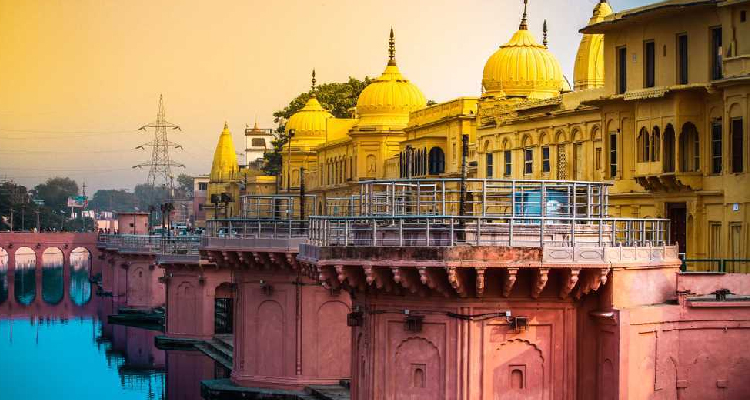
Places to visit near Ayodhya
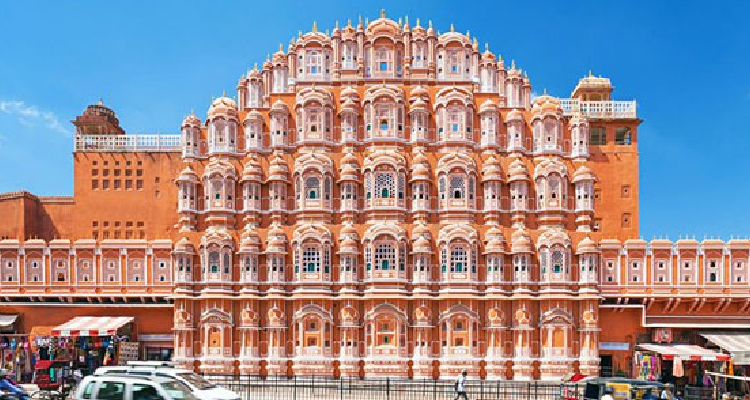
Attractive Places to Visit Near Jaipur in One Day

Timing & fees for visiting Jaipur monuments
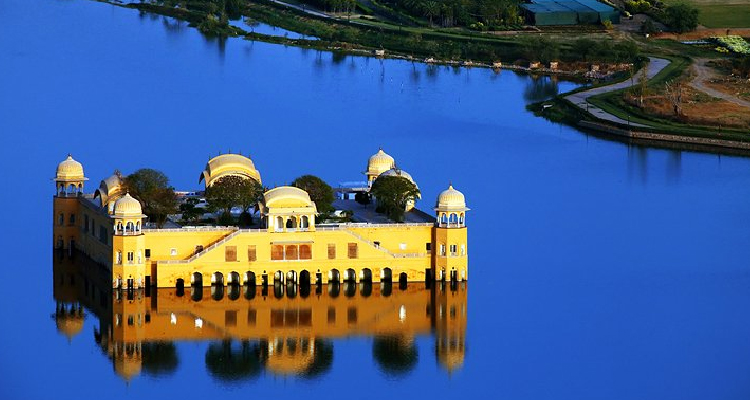
Places to Visit in Jaipur in Winters
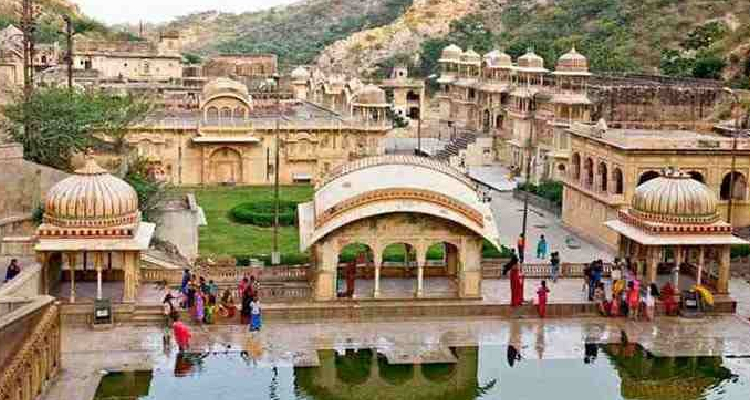
Jaipur Sightseeing Tour

Ayodhya Shopping Guide

Jhalana Leopard Safari Price

Planning Your Golden Triangle Tour by Car
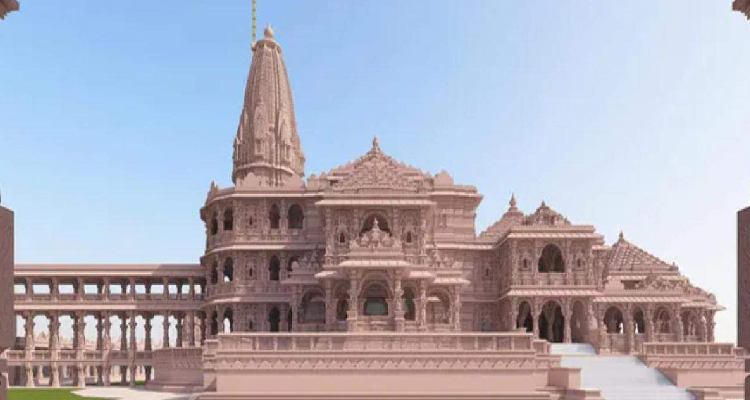
Ram Mandir Tour Guide (Ayodhya Tour Guide)
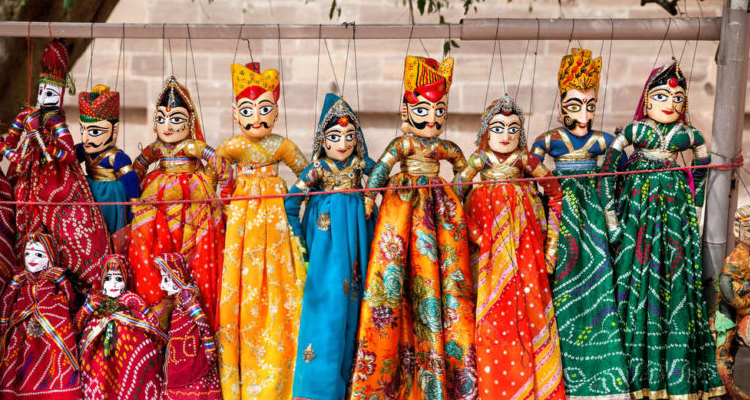
Rajasthan's Puppet Show and Folk Entertainment: A Delight for Kids

Jawai leopard Safari: Plan a memorable Wildlife Trip from Jaipur

Places to Visit Rajasthan in December
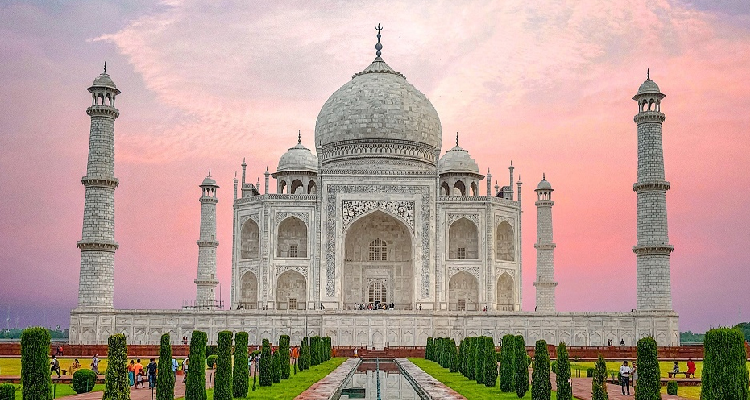
Taj Mahal Agra: Timings, History, Entry Fee, Images, Built by & Information

Best Wildlife Sanctuaries Around Jaipur

Tips to plan Jaipur Tour Packages
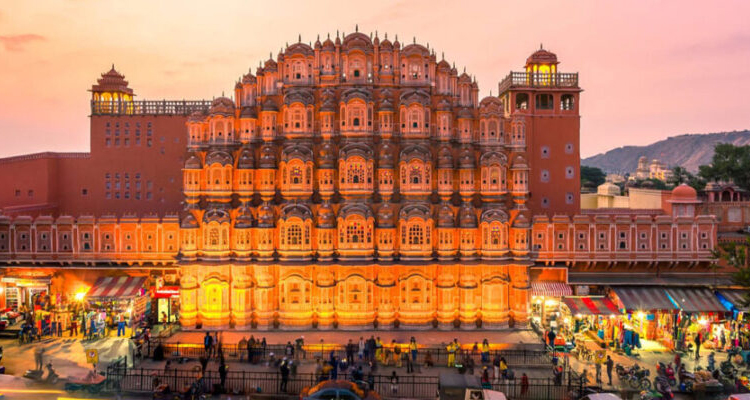
One Day Jaipur Local Sightseeing Tour Package by Car
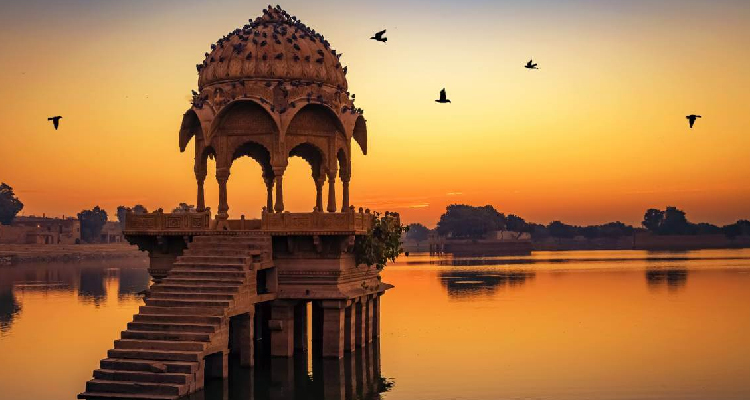
Most Popular Weekend Gateways From Jaipur

Chokhi Dhani Village Jaipur Package - Entry Fee, Timings 2023
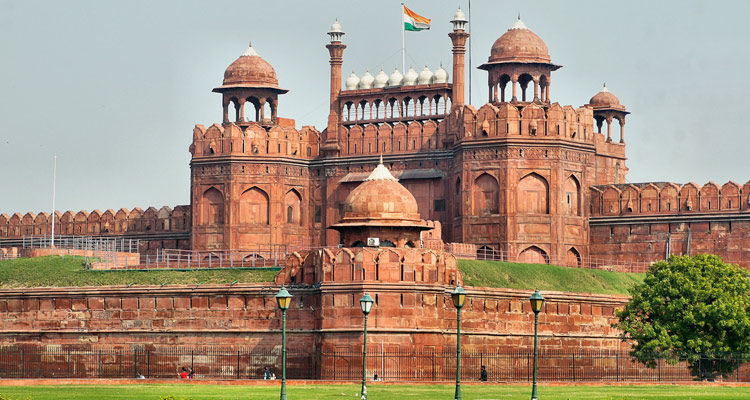
Red Fort / Lal Kila Delhi (Entry Fee, Timings, History, Built by, Images & Location
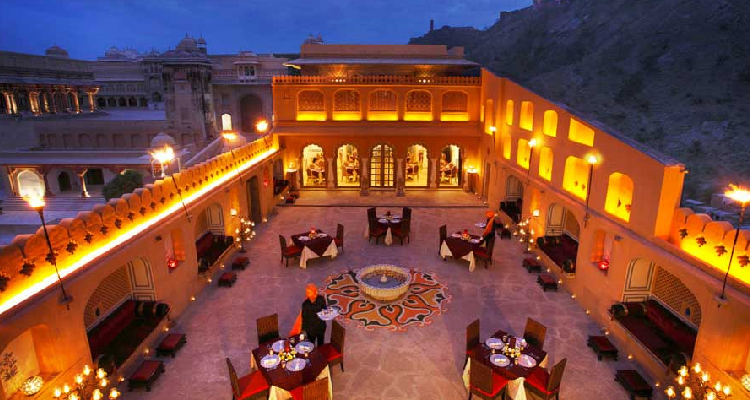
Best Honeymoon Destination in Rajasthan

10 Things To Do In Jaipur
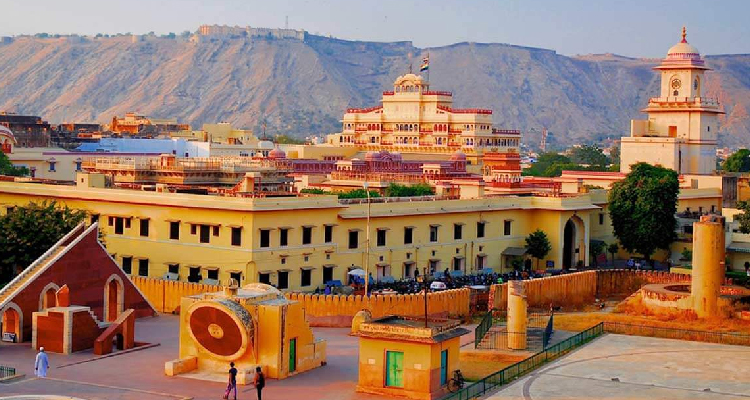
Rajasthan Travel Guide: Places to visit, Best time to visit, How to reach, etc.
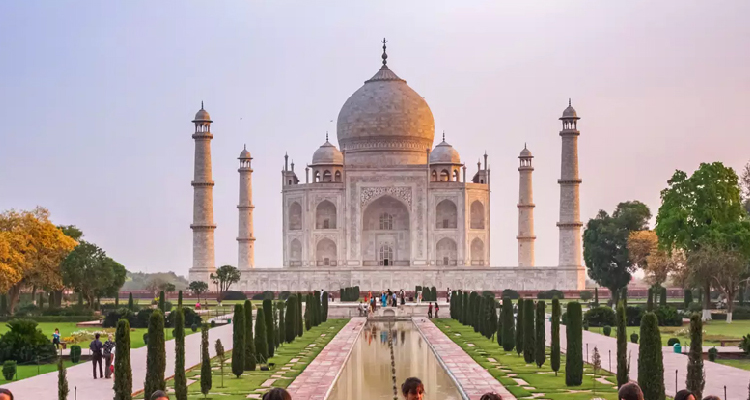
Jaipur Agra Same Day Tour

Best Time To Visit Jhalana Leopard Safari – Jaipur

Rajasthan Shopping Guide

7 Best Places To Visit Near Jaipur On A Same-Day Tour

How To Plan A Jaipur Trip?
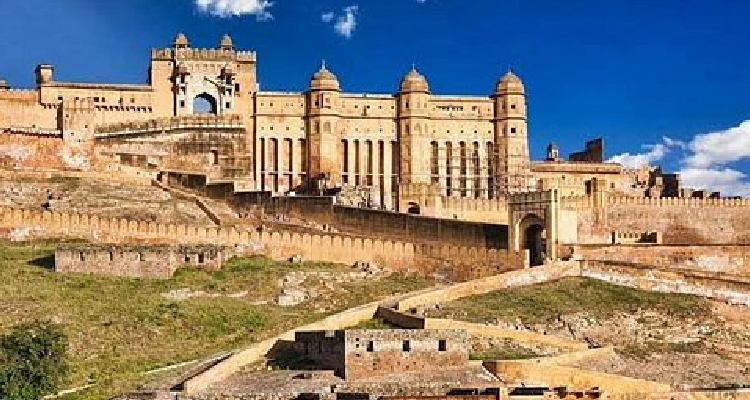
Top 68 Places to Visit in Jaipur
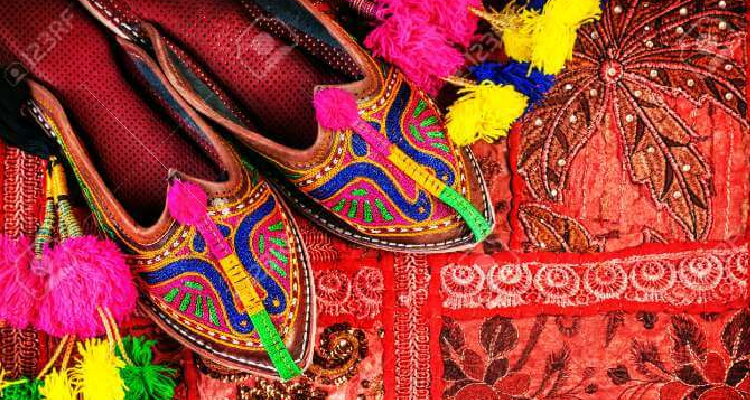
Best Shopping Places in Jaipur
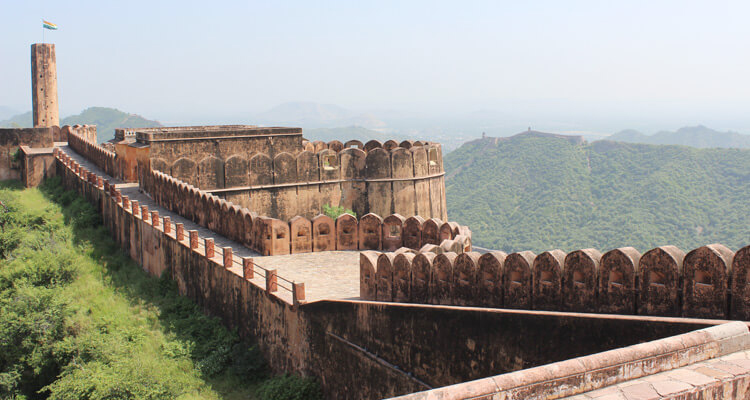
Jaigarh Fort, Jaipur (2024): Timings, Entry Fee, History
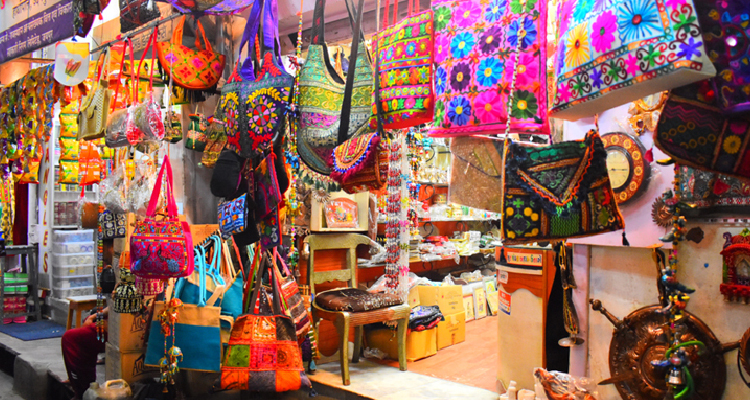
7 Things To Shop In The Jaipur Shopping Tour
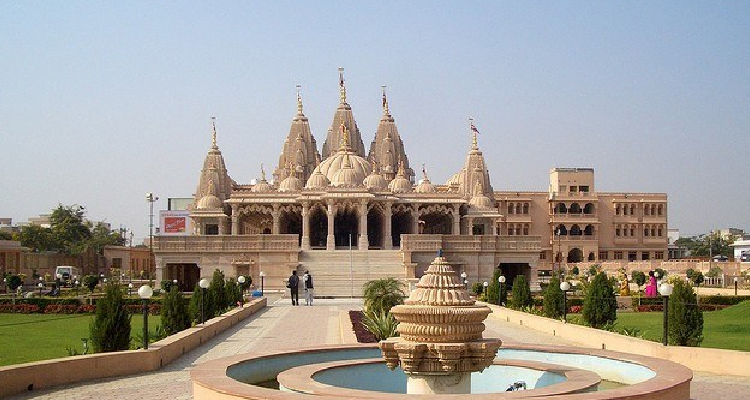
Akshardham Temple Jaipur

Luxury Car Rental in Jaipur
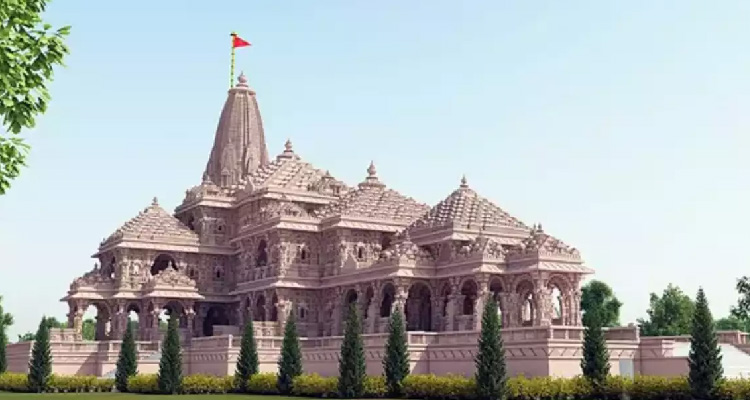
Architectural Marvels of Ayodhya: Heritage of Temples and Palaces

Planning Your Ayodhya Expedition: Travel Tips and Local Insights

Heritage Walk: Unveiling Ayodhya's Historical Treasures
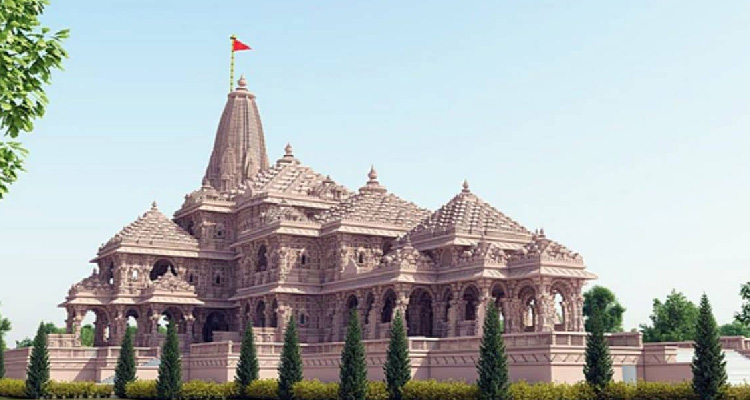
Exploring Ayodhya Beyond the Ram Mandir: Hidden Gems and Local Delights
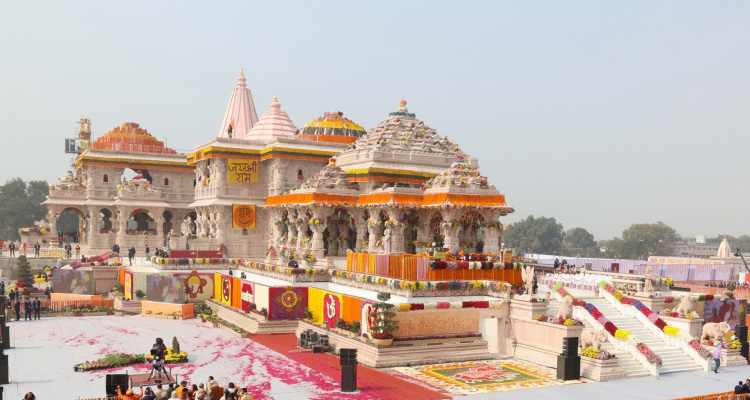
Things to do in Ayodhya

Call Our Customer Care Executive. We Are Available 24x7 Just Dial.
91-9166497735